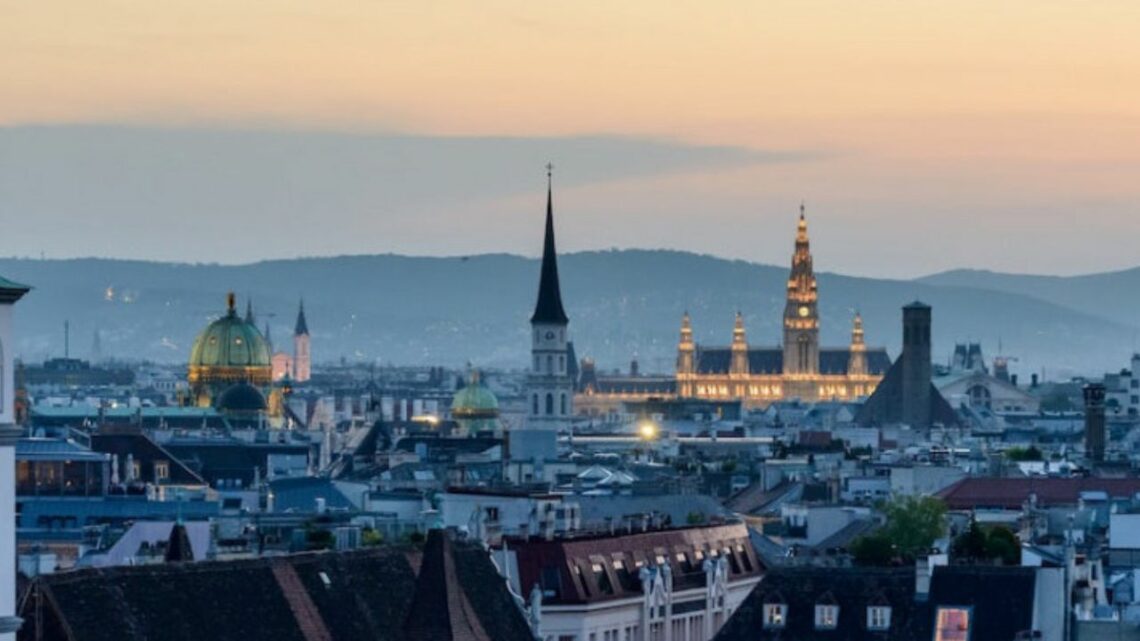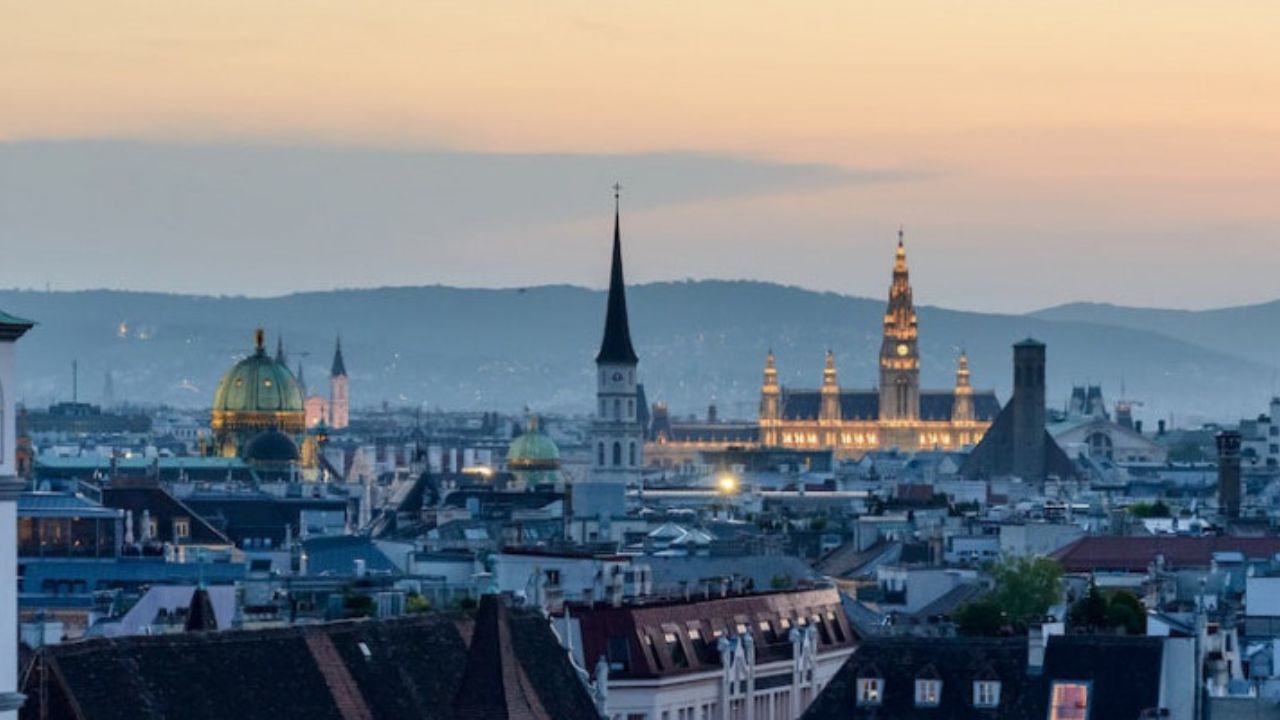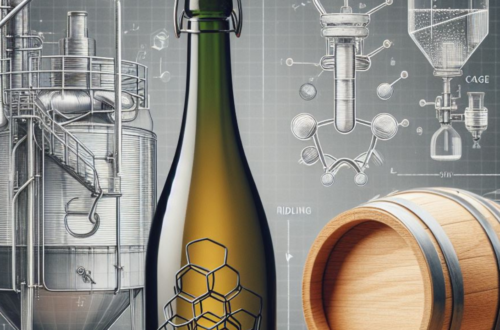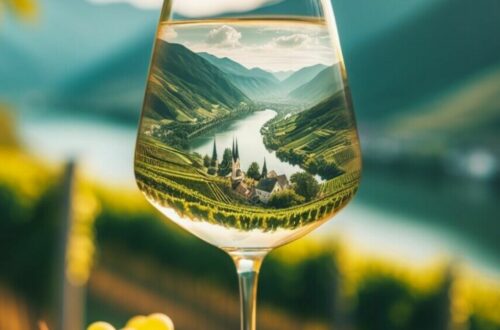
Vienna wines
Move over Bordeaux, Chianti, and Napa Valley because Vienna takes the crown as the ultimate winemaking capital of the world! Surprising, right?
According to Fritz Weininger, one of Vienna’s esteemed winemakers, “In Vienna, we don’t just drink wine, we devour it!”
The roots of Vienna’s vineyards stretch back to the 12th century, possibly even earlier when everyone from the Celts to the Romans had a go at winemaking. But here’s the juicy bit: back in the Middle Ages, Vienna’s wine was so tart that Emperor Frederick III banned its consumption!
Yet, believe it or not, that sour potion lives on in the very walls of the city’s iconic Saint Stephen’s Cathedral, where it was used as mortar. Talk about a taste of history!
Fast forward to the 19th century, and Vienna faced a vineyard virus villain called phylloxera, but they fought back by planting American vines.
Since then, Vienna has been flourishing with delightful wines!
Vienna’s vineyards, which are within the city limit, have a significant economic role beyond tourism. They also contribute to the preservation of urban green spaces and, of course, producing top-tier wines. With roots dating back to the Middle Ages, areas like Nussberg, Kahlenberg, and Bisamberg have ideal terroir with well-drained soils and limestone content. Vienna’s main grape varieties include Grüner Veltliner, Weissburgunder, Chardonnay, Riesling, and Zweigelt. Vienna acquired its DAC in 2013 for its Gemischter Satz, a field blend wine.
Vienna overall presentation
Vineyards in Vienna? Often, when a capital city boasts about having vineyards, they are demonstration vineyards serving as tourist attractions in capital cities. But in Vienna, it’s different.
Here, the 637 hectares of vineyards are an important economic factor, contributing to the preservation of the urban green belt and the production of high-quality wines.
In the late Middle Ages, the city walls of Vienna still contained vineyards, even in the current first district. Nowadays, the vineyards mostly extend to the outskirts of the capital.
Since its rediscovery, the excellent Nussberg vineyard has magically attracted innovative young winemakers from all over the wine city, including those from parallel backgrounds.
The allure of the Wiener Heuriger (wine tavern) remains strong, whether it’s the year-round open “noble” farm inns offering lavish buffets or the hidden Buschenschank taverns nestled in the vineyards, open only a few weeks per year, both attracting local and foreign visitors.
And of course, there’s also my favourite place in Vienna… But shhh! it’s a secret adress! Head down to the end of this post to find out more.
When it comes to authentic Heurigers, they are expected to serve only cold foods, complementing the wine-drinking experience. In Austria, the term “Heurige” holds a dual meaning, referring to the newest wine on the list while also indicating wines intended for immediate consumption.
ANECDOTE : Heuriger were created in the 18th century, by Marie-Thérèse and François-Joseph II, who sought to bring viticulture up to date. Specifically, on August 17, 1784, Josephinische Zirkularverordnung authorizes “to sell or serve at any time of the year the foods, wines and fruit wines produced by him, no matter how, at what time and at what price“. She has just created the famous Heuriger (or Buschenschank) that we know of today.
Terroir of Vienna : soil and climate
The vineyards in Vienna are planted on slopes on both sides of the Danube.

On one side, the Nussberg and Kahlenberg hills provide favorable conditions, while on the other side, Bisamberg offers well-drained sand and loam soils with a high limestone content.
Indeed, the vineyards of Bisamberg, Döbling, Dornbach, and Ottakring extend over the hard rocks of Penninic flysch and embedded colored marls, as well as the neighboring marine sediments of the Neogene Vienna Basin. The flysch consists of limestone tuff or quartz-rich layers interspersed with marl and clay.
The neighboring basin sediments locally consist of hard limestone rocks (Leitha limestone), but mainly loose rocks, often coarse, sandy, and gravelly, sometimes marly, and sedimented approximately 16 to 12 million years ago.
The subsoil of the vineyards in Mauer and Kalksburg is also formed by neighboring sediments of the Vienna Basin, which, under the influence of rivers and gravel flows from the Wienerwald forest, formed sandy and gravelly conglomerates or consolidated breccias.
The vineyards of Stammersdorf, Hungerberg, and Oberlaa spread across the terraces of ancient Danube beds composed of quartz-rich gravel covered with a clay layer and featuring a predominantly gravelly and sandy or fine-grained subsoil called “Tegel.”
The presence of wind aids in drying wet grapes quickly, contributing to the quality of the wines produced
Grape varieties in Vienna
Out of the 637 hectares of vineyards in Vienna, 500 hectares are dedicated to white varieties.
Grüner Veltliner takes the lead with 178 hectares, followed by Weissburgunder, Chardonnay, Riesling, and Zweigelt.
Locations near Mount Bisamberg, north of the Danube, are cultivated by winemakers from Strebersdorf, Stammersdorf, and Jedlersdorf, and are ideal for Pinot varieties.
From Ottakring to Hernals and up to Pötzleinsdorf, especially in the 19th district with the municipalities of Heiligenstadt, Nussdorf, Grinzing, Sievering, and Neustift am Walde, Riesling, Chardonnay, and Pinot Blanc dominate the list of grape varieties planted on varying limestone-rich soils.
South of Vienna, in the communities of Rodaun, Mauer, and Oberlaa, the soils consist of rendzinas, brown soils, and black soils of the steppes, perfect for full-bodied white wines and rich red wine blends.
All winemakers favor the traditional “Gemischter Satz,” where the vineyard is planted with different white grape varieties that are then harvested and vinified together.
Gemischer Satz DAC
Gemischter Satz comes from a time when growers hesitated to plant single varieties due to the associated risks. This field blend wine is made by harvesting the entire vineyard at once, resulting in a balanced mix of slightly underripe, perfectly ripe, and somewhat overripe grapes.
In 2013, Gemischter Satz played a significant role in the introduction of the new DAC classification system. To be labeled as Wiener Gemischter Satz DAC, the wine must meet specific criteria, including a blend of at least three varieties, with no single variety accounting for more than half of the blend.
During early autumn, Austrians also indulge in “Sturm,” a partially fermented must with residual grape sugar.
Wineries in Vienna
Now, to the wineries!
Christ Winery, located on the Bisamberg, focuses on white wines, which make up 70% of their production. They prefer natural yeasts for fermentation and their red wines are unfiltered. Their signature wine, Wiener Gemischter Satz, is sourced from an old vineyard planted with Grüner Veltliner, Riesling, and Welschriesling.
Their Grüner Veltliner are great, and their “Vollmondwein,” made from Weissburgunder grown on a limestone plateau, is intriguing.
For reds, their “Mephisto” is predominantly crafted from old vine Zweigelt, with additions of Merlot and Cabernet Sauvignon.
Hajszan Neumann, now under the ownership of Fritz Wieninger, offers a range of natural wines. The estate’s restaurant, Amador, provides an excellent dining experience. It’s a Michelin starred restaurant!
Their Wiener Gemischter Satz is superb, so are their Grüner Veltliner and Riesling from Steinberg.
Mayer am Pfarrplatz, located near Beethoven’s house, is one of Vienna’s most famous Heurigens. The establishment was run by the family until 2007 when it was sold to Hans Schmid. The winery produces top-level Riesling from Nussberg and Preussen vineyards, as well as a special selection called “Weisser Marmor” from Nussberg.
Weininger, led by Fritz Weininger, has played a significant role in transforming Vienna’s wine industry. The vineyards are divided between Bisamberg and Nussberg, and their best Grüner Veltliner comes from Herrenholz, Rosengartl, and Preussen vineyards.
They have successfully revived the Gemischter Satz style. While their Grand Select wines can be slightly oaky for Chardonnay and Pinot Noir, you can confidently choose any bottle from their range, as these wines have excellent aging potential.
Zahel Winery, founded in 1990, was one of the first in Vienna to bottle its wines. It is run by Alexander Zahel and his American wife. Unusually, half of their production is dedicated to red wines. Their standout offering is the barrique-aged blend called Antares, crafted from St. Laurent, Zweigelt, Cabernet Sauvignon, and Merlot.
Conclusion : Wine in Vienna
Vienna’s vineyards are not just mere tourist attractions but serve as an important economic factor, contributing to the preservation of the urban green belt and producing high-quality wines.
The vineyards, mostly located on the outskirts of the capital, have a rich history dating back to the Middle Ages. The Nussberg and Kahlenberg hills on one side of the Danube and the Bisamberg on the other provide favorable terroir with well-drained soils and limestone content.
Vienna’s main grape varieties include Grüner Veltliner, Weissburgunder, Chardonnay, Riesling, and Zweigelt.
If you’re in Vienna, you should definitely get Gemischter Satz, a field blend wine, which became a DAC in 2013.
Notable wineries in Vienna, such as Christ Winery, Hajszan Neumann, Mayer am Pfarrplatz, Wieninger, and Zahel, offer an array of white and red wines, showcasing their craftsmanship and passion for winemaking.
And if you want to know about my secret adress, be sure to check this post out!







